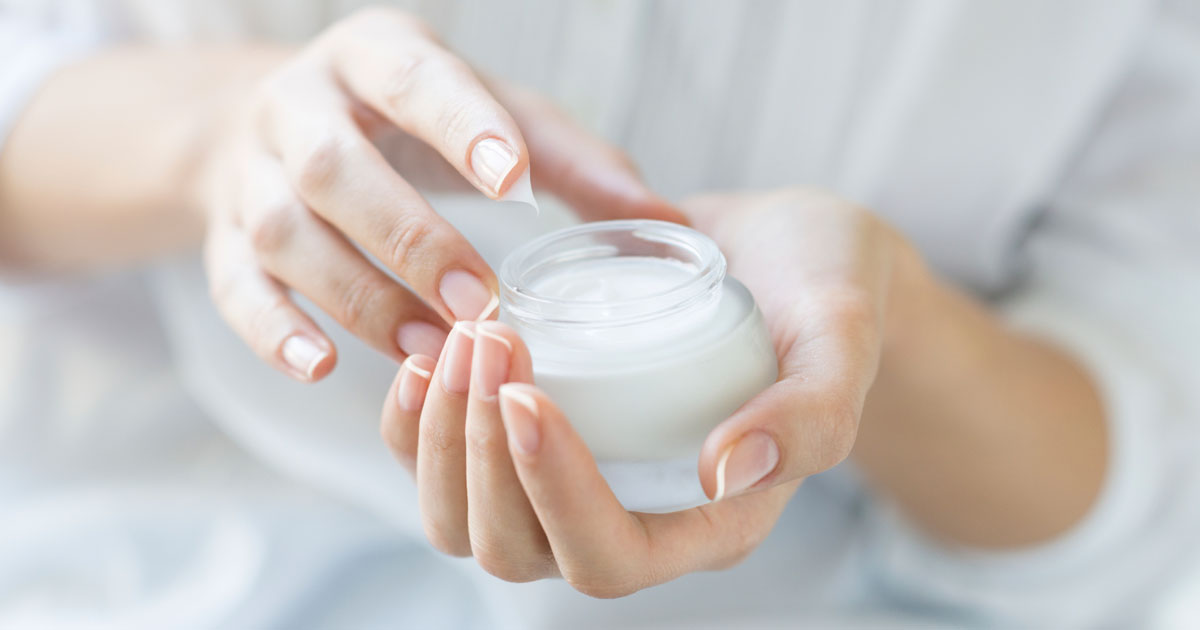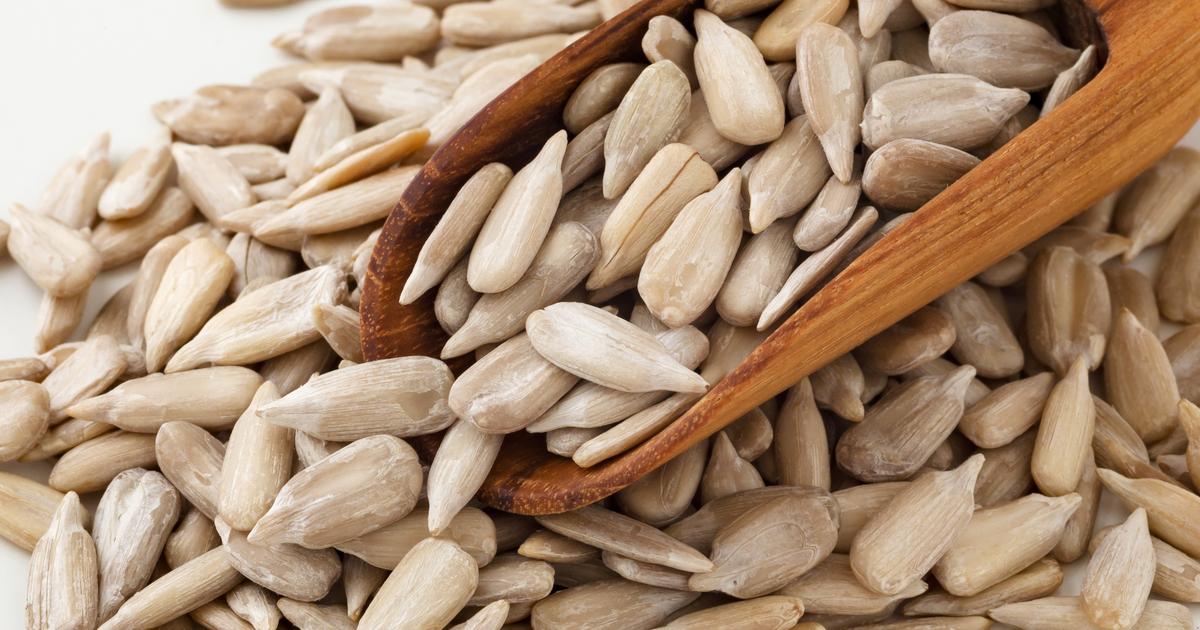How Effectively Treat A Vitamin E Deficiency
Vitamin E is one of the many vitamins we need for a healthy immune system. The fat-soluble substance also has antioxidant qualities. Vitamin E can be found naturally in multiple different foods, and some foods have additional levels to help individuals consume more. Most individuals aren't at risk of a vitamin E deficiency, but those with underlying health conditions might develop one. However, it is important to understand taking too many high doses of vitamin E has the potential to increase the risk of bleeding. Symptoms of vitamin E deficiency can include muscle pain and weakness, general feelings of unwellness, difficulty with coordination and walking, and visual disturbances. Any of these are reasons to speak to a doctor.
Oral Vitamin E Supplements

If an individual has a vitamin E deficiency, they can use oral vitamin E supplements to help correct it. Individuals who are not certain whether they are deficient in vitamin E or not should talk to a doctor before taking supplements. The symptoms of a deficiency can be caused by a wide variety of other issues, and neurological problems are always a reason to be medically evaluated. Because most individuals already have enough vitamin E in their diet, patients should be cautious about taking too much.
Before starting vitamin E supplements to treat a deficiency, patients should tell their doctor if they have certain medical conditions, including retina damage, a vitamin K deficiency, diabetes, bleeding disorders, heart disease, previous heart attacks or strokes, liver disease, head cancer, and neck cancer. Patients planning to undergo surgery should stop consuming vitamin E supplements at least two weeks before the procedure to avoid complications. Certain medications may interact with the supplements. For instance, taking vitamin K and vitamin E supplements together might decrease the former's effects.
Topical Vitamin E

The typical first line of treatment for a vitamin E deficiency is oral supplements, though topical vitamin E can also be used. There are tubes of hand cream and other topical ointments infused with vitamin E and moisturizing ingredients, and some cosmetics have vitamin E infusions. If individuals use vitamin E on their skin, the substance should penetrate the dermis and epidermis. The epidermis is the outermost layer of skin, while the dermis is the layer underneath. It doesn't take a lot of vitamin E to raise the skin's levels.
By applying a solution with a concentration of just 0.1 percent, patients will see a measurable increase in their skin's vitamin E levels. Studies have shown topical vitamin E causes the dermis to have a marked increase in vitamin E, though the concentration stays lower than in other parts of the body. Some studies show the substances found in the skin are different if individuals use topical vitamin E rather than just dietary supplements.
Consume More Vegetables With Vitamin E

Vitamin E is widespread throughout multiple foods, so patients may wish to start introducing more vegetables with vitamin E to their diet. Their body should absorb the nutrients and begin to rebalance itself. A raw red sweet pepper has about thirteen percent of an individual's overall daily serving of vitamin E. Raw turnip greens also provide a decent chunk of vitamin E. Other raw vegetables with vitamin E include spinach, collards, and swiss chard. Several cooked vegetables have large vitamin E servings, and these are easy to add to a dinner.
Individuals can cook mustard greens, broccoli, butternut squash, beet greens, and asparagus to increase their daily vitamin E. Of course, individuals with vitamin E deficiencies may have deficiencies of other vitamins if their digestive system doesn't absorb nutrients properly. Vegetables are good for a variety of deficiencies since they have many of the vitamins necessary for healthy functioning.
Increase Consumption Of Nuts And Seeds

Once the underlying cause of a vitamin E deficiency has been diagnosed and treated, one of the best ways for individuals to increase their vitamin E intake is to increase their consumption of nuts and seeds. Nuts and seeds provide some of the best natural sources for vitamin E. The most active vitamin E form in the body is alpha-tocopherol, and in addition to containing this, a lot of nuts and seeds have gamma-tocopherol, another form of vitamin E. Most individuals should prioritize alpha-tocopherol, but if their body has trouble processing it for some reason, other vitamin E forms may be able to help compensate.
Just one ounce of sunflower seeds has sixty-six percent of the recommended daily serving of vitamin E. If individuals increase this portion to one hundred grams, they'll get 234 percent of their daily serving. An ounce of almonds contains forty-eight percent of a daily serving. These are the two seeds and nuts richest in vitamin E, though other significant sources include peanuts, hazelnuts, pine nuts, brazil nuts, pistachios, pecans, pumpkin seeds, and cashew nuts.
Eat Lots Of Whole Grains

Most nutritionists and doctors agree whole grains are a necessary part of a healthy diet. If individuals have a vitamin E deficiency, one diet change that may be suggested is to eat lots of whole grains. Whole grains might help with other deficiencies that occur as a result of nutritional malabsorption. Individuals might need to avoid wheat, though, since it's a common allergen that can make existing health conditions worse by triggering an immune overreaction. Whole grains like wheat have a high oil content, which in turn means they have a high vitamin E content.
When vitamin E is taken in healthy doses, it protects the substances in the body that contain fat, including cholesterol, brain cells, and cell membranes. Studies have shown vitamin E helps the immune system function, helps with glucose control for both diabetes patients and those who are otherwise healthy, and prevents cancer.